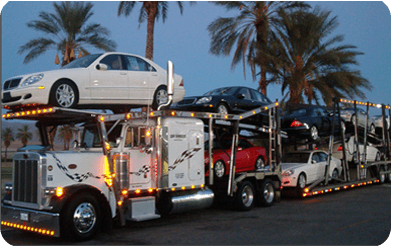
In the vast automotive industry, where cars zip through the streets and highways, there exists a crucial yet often overlooked aspect – car transporters. These colossal vehicles play a pivotal role in ensuring the smooth and efficient movement of automobiles across long distances. In this blog, we will explore the world of car transporters, uncovering the intricacies of their operations, the different types available, and the critical role they play in the automotive ecosystem.
The Purpose of Car Transporters: Car transporters, also known as auto haulers or car carriers, are specialized trucks designed to transport multiple vehicles simultaneously. Their primary purpose is to move cars from one location to another, be it from manufacturers to dealerships, between dealerships, or for individuals relocating their vehicles. These transporters are essential in maintaining the distribution network of the automotive industry, ensuring that vehicles reach their destinations in a timely and efficient manner.
Types of Car Transporters: Car transporters come in various configurations to accommodate different transportation needs. Here are some common types:
- Open Car Carriers: These are the most common and cost-effective type of car transporters. They feature multiple levels of decks with open sides, allowing them to carry a larger number of vehicles. While open to the elements, these carriers are well-suited for short to medium-distance transportation.
- Enclosed Car Carriers: Enclosed car transporters provide additional protection to vehicles during transit. They feature walls and a roof, shielding the cars from weather conditions and road debris. This type of transporter is often preferred for high-end, luxury, or classic cars.
- Multi-Car Trailers: Multi-car trailers are typically used for long-distance transportation. These trailers can carry several cars at once and are commonly seen on highways transporting vehicles across state lines.
The Logistics Behind Car Transporters: The logistics of car transportation involve meticulous planning and coordination. Carriers must consider factors such as the size and weight of the vehicles, the distance of transportation, and the delivery timeline. Additionally, regulations and safety standards must be adhered to, ensuring the secure transport of the vehicles.
Challenges and Innovations: While car transporters play a crucial role in the automotive supply chain, they face challenges such as fuel costs, driver shortages, and the need for increased efficiency. To address these challenges, the industry is witnessing innovations such as the integration of telematics, advanced tracking systems, and environmentally friendly technologies. These advancements aim to optimize operations, reduce costs, and minimize the environmental impact of car transportation.




